Written by The Bevel Brothers
Bevel Up: Back about 20 years ago we wrote an article about hunting loads for smoothbore muzzleloaders. The question had to do with the best loads for small game using shot and deer using patched round ball. One of our “recommended” loads for shot included the use of field expedients such as grass or corn shucks as over powder and overshot wads.
Bevel Down: That brought in some hate mail from a few naysayers who contended that the use of anything other than a commercial card and fiber wads in a shotgun was dangerous. The alleged danger was supposed to come from the wadded up grass or leaves or corn shucks some-how turning into a barrel obstruction and causing the whole thing to blow up in our collective faces.
Eventually, we were able to rally enough experts on the subject to say that there was and is no such danger. But even though we were eventually vindicated, there is still a persistent belief that only properly sized and perfectly cut card and fiber wads (or patched round ball) should be used in smoothbore muzzleloaders. Back when we were interested in doing things in a “period correct” way so as to know what it was like to hunt the way the old-timers did, we used leaves and corn shucks in our shotguns out in the woods all the time. We still do it sometimes if we forget to bring the right cut wads when we leave the house. It’s not the best wad material, but if the choice is shooting with less than perfect wads versus not shooting, we always pick the alternative that keeps us in the woods and shooting.
Bevel Up: I have to admit that I do most of the smoothbore/shotgun shooting in this family. I’m finding that as my eyes age up over the 70-year mark, the sights on my Tennessee squirrel rifle are getting harder and harder to see. My favorite muzzleloaders for squirrels and rabbits these days are a 20 gauge flintlock trade gun, an old original Bannerman conversion 1863 Springfield musket cut down and bored out to a 17 gauge smoothbore, and an old Damascus-barreled percussion English double that has one barrel bored 15 gauge and the other 13 gauge. I like that double because I can put a little bit heavier load in the bigger barrel for a little bit more range if I need it.
All of those guns take a different sized wad and I’ve got commercially made wads for all of them. You can get good commercial wads in just about any size you need from Circle Fly (online at Circlefly.com) or from Mike Eder (at his booth on Commercial Row at Friendship or at his shop at 6929 Beech Tree Rd., Nineveh, IN 46287).
But there are times when I just grab the wrong bag on the way out the door, or forget to re-stock my wad sup-ply in the right bag, or I sometimes get to fooling around shooting at dirt clods or wasp nests and just plain run out.
That’s when I look around for something else I can use for wads. Usually, that’s grass or weeds like foxtail grow-ing up in a ditch or next to the fence, or some leaves if they’re not too dried up and crumbly.
Bevel Down: We always knew that a wadded up handful of grass wouldn’t produce as good a gas seal in front of the powder, and would probably get tangled up with some of the shot pellets and thin out the pattern. So we didn’t expect to get the performance out of grass and leaves that good precision cut card wads would give.
But we had never actually tested them against each other. So big brother grabbed an old 11 gauge Belgian double barrel of his and we headed to the Bevel Brothers Scientific Range Lab up at Wiseacres (my farm).
Bevel Up: We set up the Oehler 33 chronograph and cast about for some suitable “field expedient” wad material, which turned out to be some old damp foxtail grass grow-ing next to the range. I loaded up a more or less standard charge for that shotgun (90 grains of 2fg GOEX with
an ounce and an eighth of shot) using the regular card and cushion wads in one barrel and the grass in the other. The other barrel got the grass over powder wad which was a gob about two and a half inches long and somewhat bigger around than the bore diameter so that it would be good and tight when I crammed it into the barrel. I pounded the ramrod down on the grass several times so as to get it good and tight and compacted over the powder. After that, I poured in the shot charge and used a thinner bit of grass folded up so as to be about a quarter-inch thick for an overshot wad to hold everything in place. I have to admit that we were surprised at the chronograph results. Even though we expected the grass to lose some velocity, it turned out to be much more of a loss than we anticipated. The shots using regular card and cushion wads averaged 1050 feet per second at about 10 feet in front of the muzzle (what the experts call an instrumental muzzle velocity because it isn’t actually measuring the speed of the shot right at the muzzle). But the shots using grass wads averaged only 650 feet per second – about 40 percent less than with card wads! Patterns at 20 yards were a little bit thinner with the grass wads, too. Not so bad that you couldn’t kill a squirrel or a rabbit with it, but there was always a noticeably thinner area in the middle of the pattern, and the center of the pattern seemed to be about four to six inches lower with the grass wads.
Bevel Down: So then I got to thinking that maybe grass was just too spindly and loose to make a good wad. May-be leaves, being more like sheets of paper would sort of fold or mat up into a better gas sealer than the grass wads.
So I picked up a bunch of oak and maple leaves from last fall and sort of worked them into a ball like you would roll a ball out of clay or cheese or cookie dough. We tried a few shots with those over the chronograph and found that they shot on average about 100 feet per second faster than the grass wads. So the leaves made a little bit better over powder wad than the grass, but the patterns using folded up leaves for the overshot wad tended to have a more pronounced donut hole in the middle than the grass over powder wad did. That’s probably because it was hard to make an effective overshot wad out of the leaves without using quite a lot of them, which made the top wad almost as big and heavy as the bottom (over powder) wad. The lesson there is if you have to shoot this way use a ball of leaves over the powder and some folded up grass over the shot.
We also noticed that fouling from all of these grass and leaf loads was much worse than with the card wads. We suspect that is mostly due to the lack of compression giving a less than complete burn of the powder charge, but the lack of a tight-fitting card wad and lubricated cushion wad to scrape the crud off the bore every shot might also have something to do with it.
Leaves seem to make a slightly better over powder wad than grass.
Felt recoil with both types of loads seemed to be pretty close to the same, with the leaf load maybe generating
a little less recoil than the grass, but both pretty close to what the card wads produced. That was a puzzlement until we got home and weighed some of the wads. Turned out that the old (slightly damp) grass wads weighed on av-erage about 130 grains and the leaves weighed around 110 grains. That amounts to adding about the equivalent of an extra quarter ounce or so of shot to the total charge weight of a regular card wad load, which would account for that extra recoil even with lower velocities.
The calculated free recoil energy of the grass and leaf loads was about 36 to 38 foot pounds while the card wad load at the much higher velocity was about 41 foot pounds.
Bevel Up: So what did we learn from that experiment? First off, yes, you can use wadded up grass and leaves for wadding in a smoothbore. The problem is that your patterns are going to be thinner and you’ll lose close to half the pellet velocity and energy, which will drastically reduce the effectiveness of your shot. The retained pellet energy using the grass wad is about the same at 20 yards as a charge of shot using a card wad at 40 yards. It’s a little better for the leaf wad load, but not much. And with just a wad of grass holding the shot charge in place you’re also likely to lose that load of shot once in a while if you’re not real careful about not jostling the gun around too much chasing up and down hollers after little furry beasts.
So unless you are just absolutely left with no other solution, you need to use real card wads and real cushion wads if you are going to get optimum results with shot out of your smoothbore. You’ll get far more power, less fouling, and better patterns with regular card wads.
And by the way, we don’t recommend using plastic shotgun wads. Plastic wads are banned from use at the Friendship shotgun ranges. That’s because black powder burns at a higher temperature than smokeless powder and will partially melt regular one-piece plastic wads. That little bit of melted plastic then tends to leave bits of itself in the bore that can build up and then smolder and ignite the next powder charge you pour down the barrel. I’ve tried using plastic wads and AA hulls with black powder in a breech loading shotgun and found that it not only melts the wads, but also the plastic shotgun shells. That melted plastic and black powder fouling gunk made a mess that was exceptionally difficult to clean out, too. And besides, it just isn’t natural -- using plastic in a muzzleloader, that is. So that’s why now I only use paper shells and card wads to reload black powder ammo for my old Damascus double – just like they did in the old days.
There are some advantages to using a shot cup like those plastic wads have, though, so one of our upcoming research experiments will look at making and using paper shot cups to improve shot patterns.
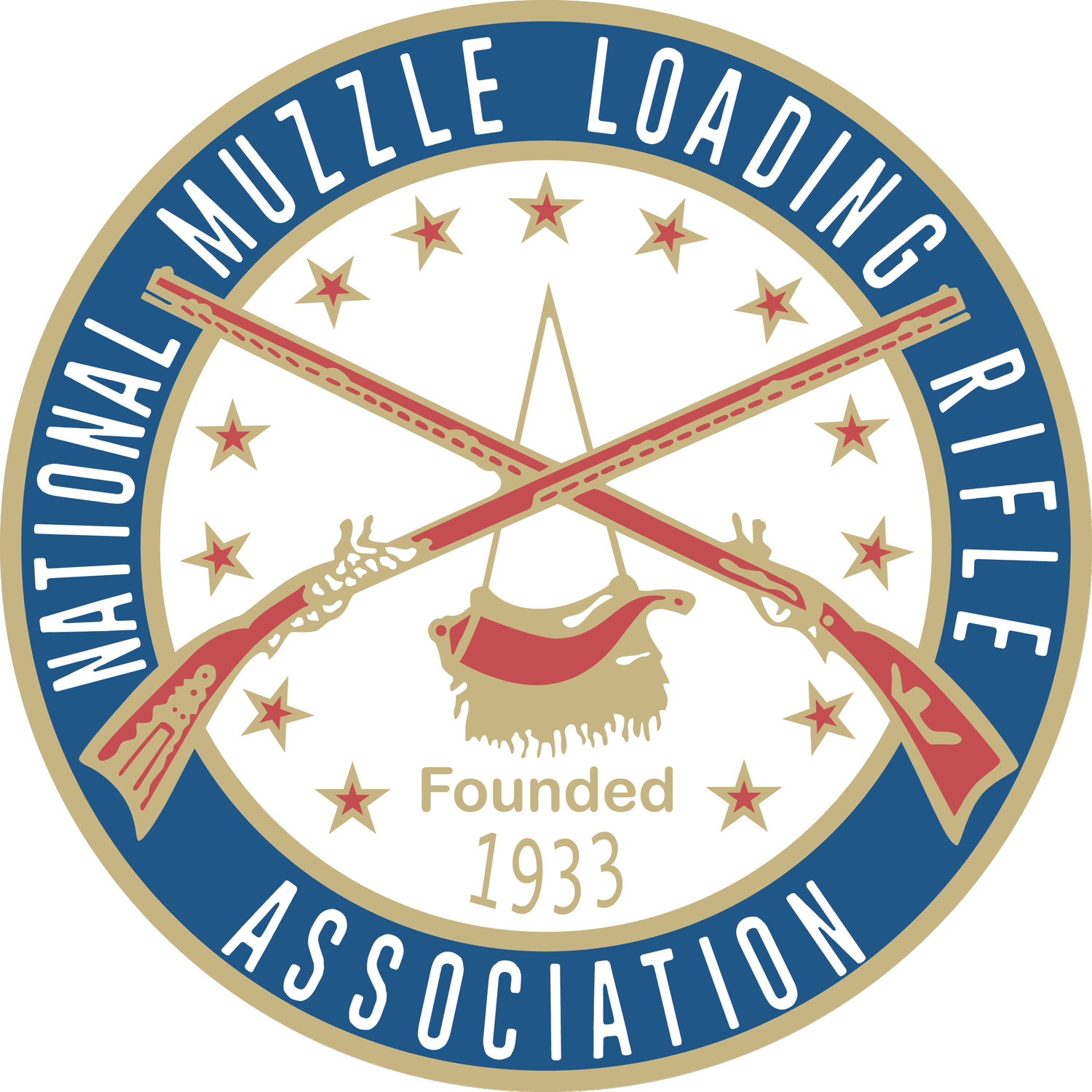


















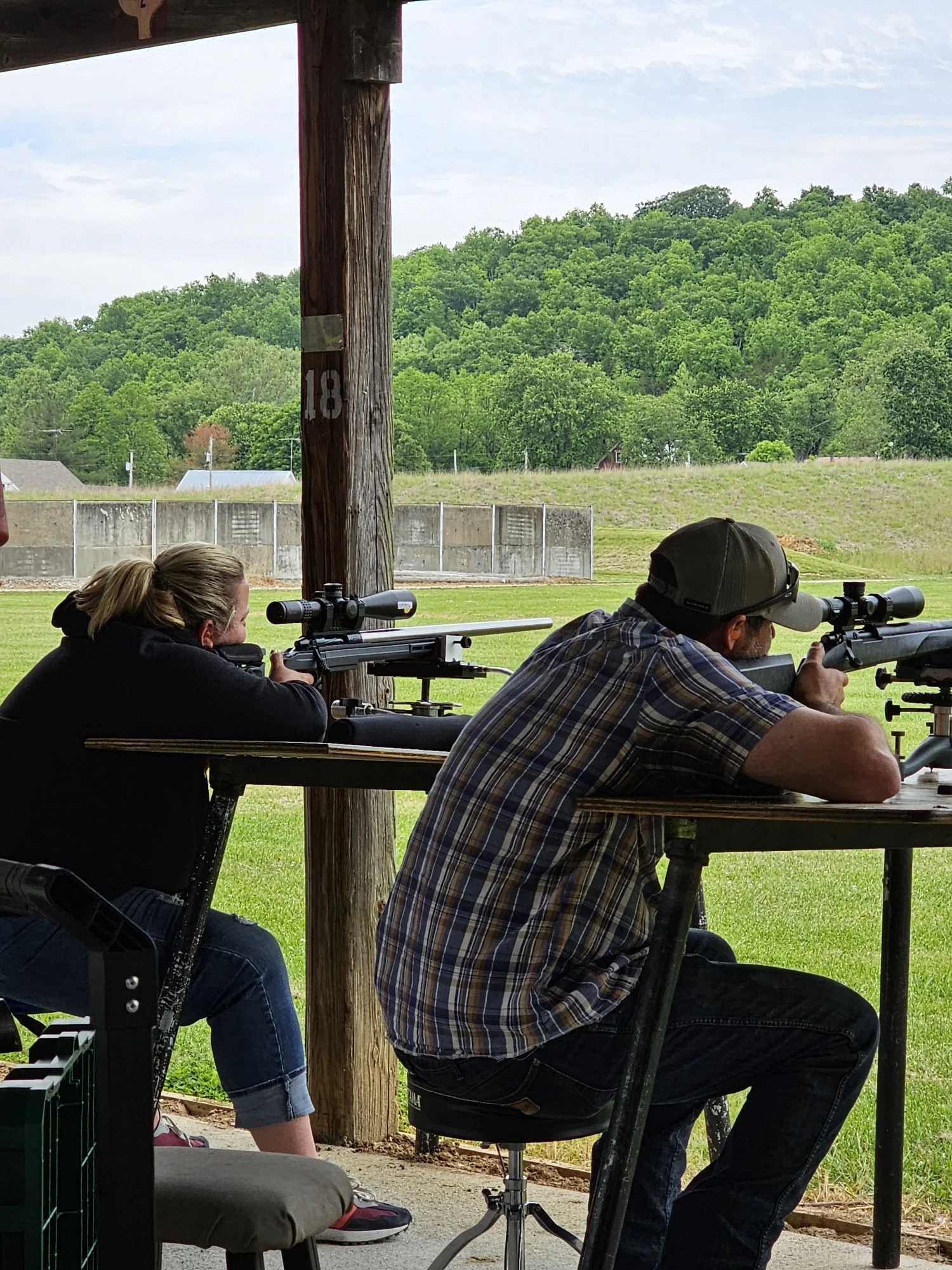





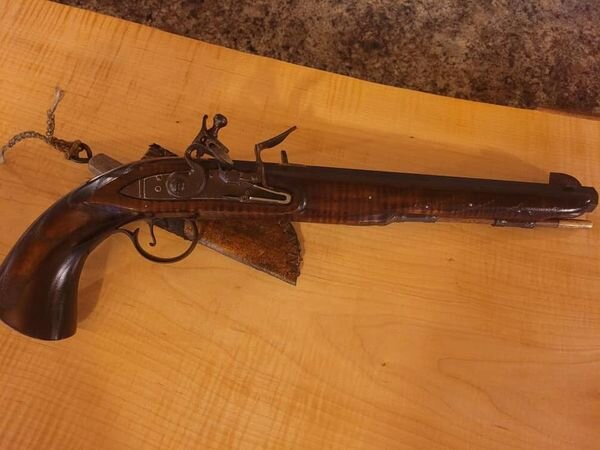
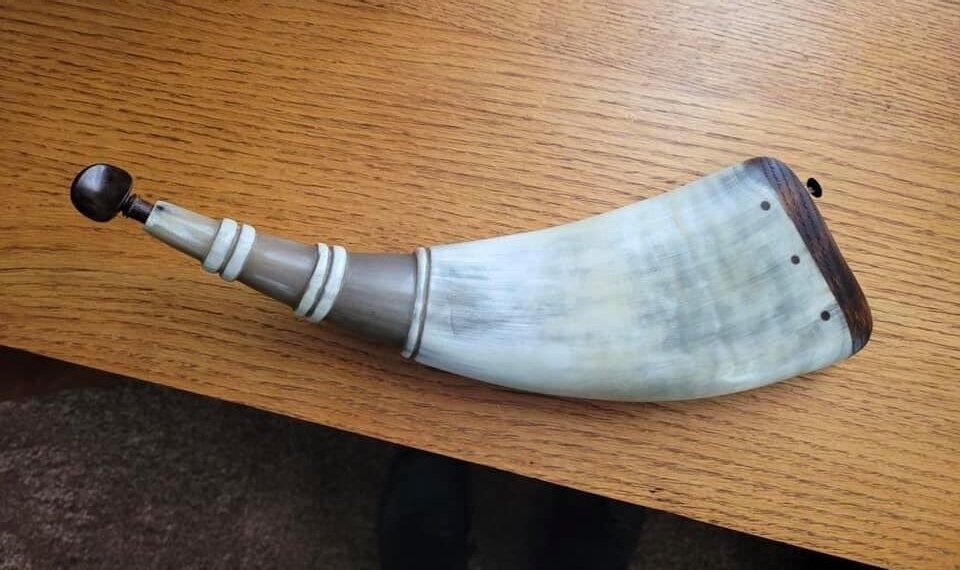
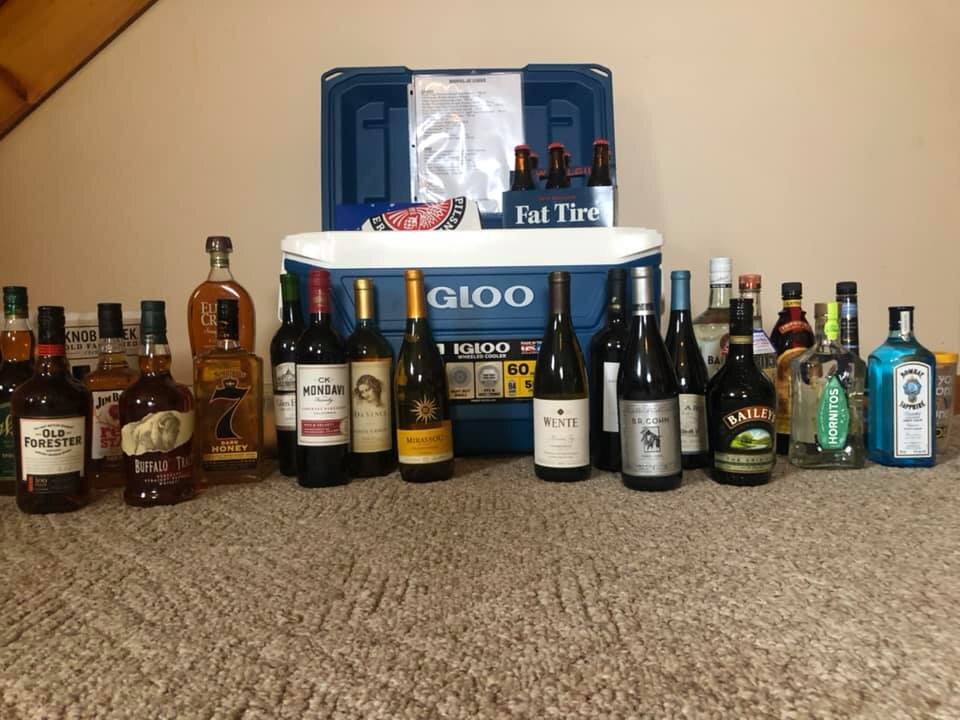

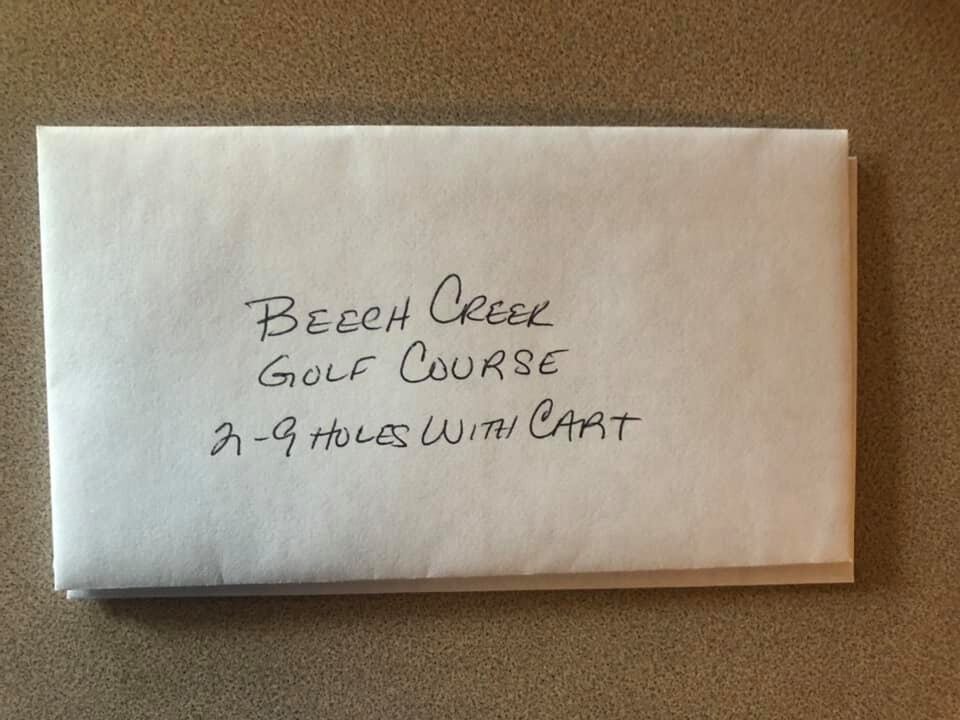
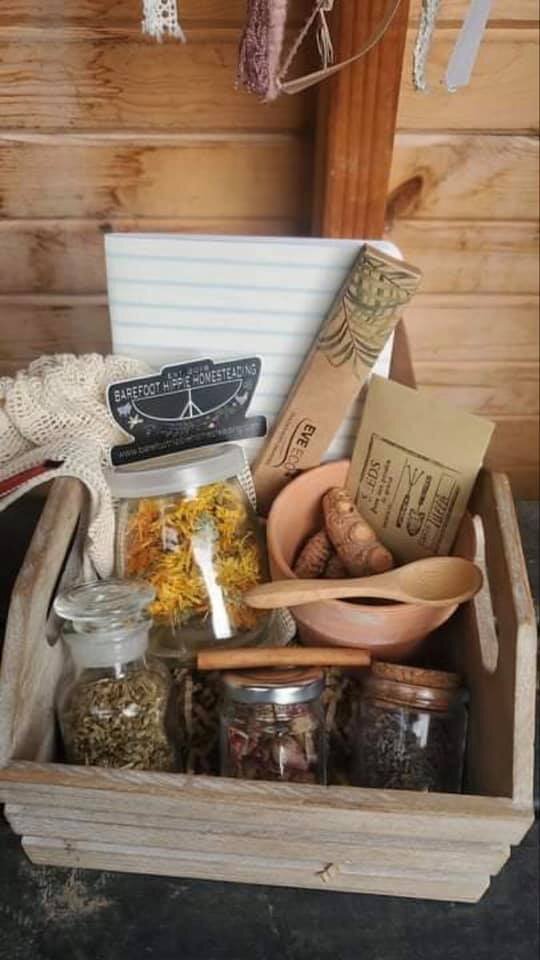

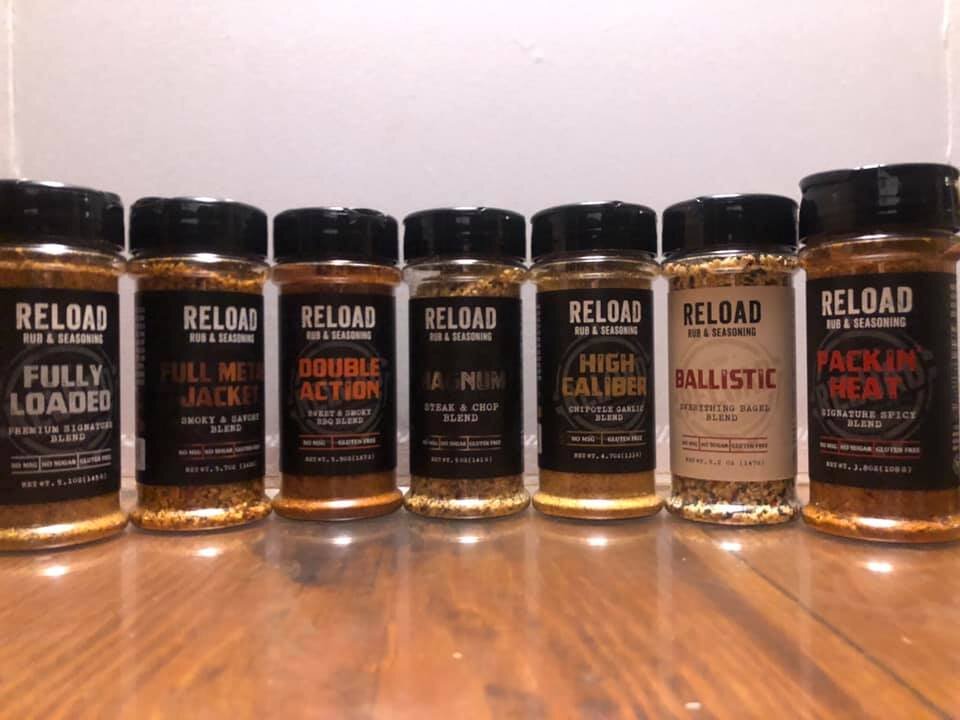
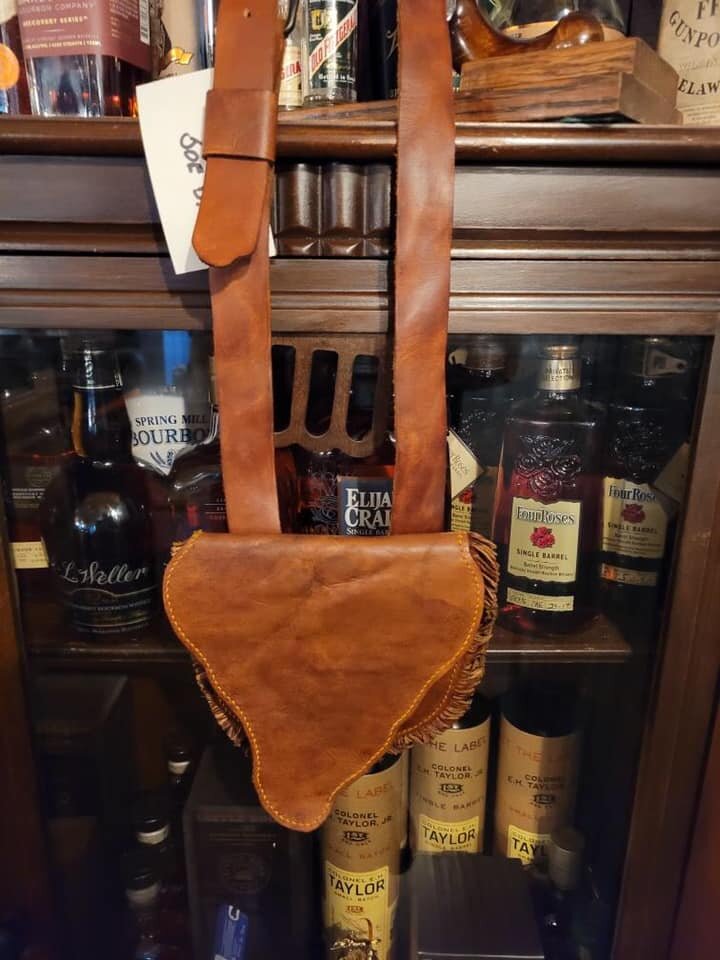
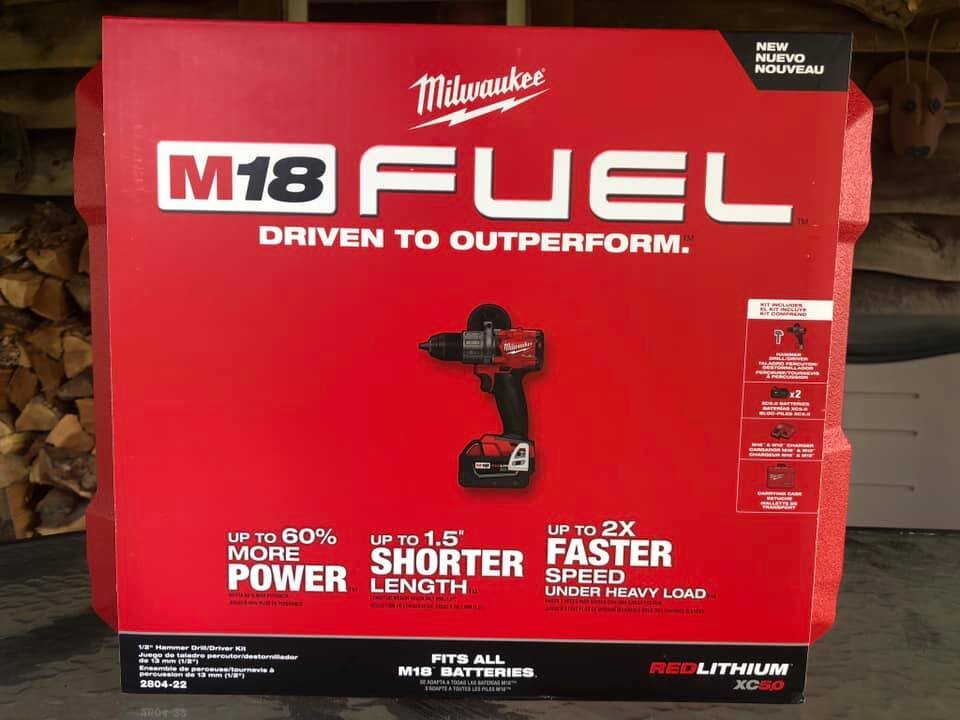
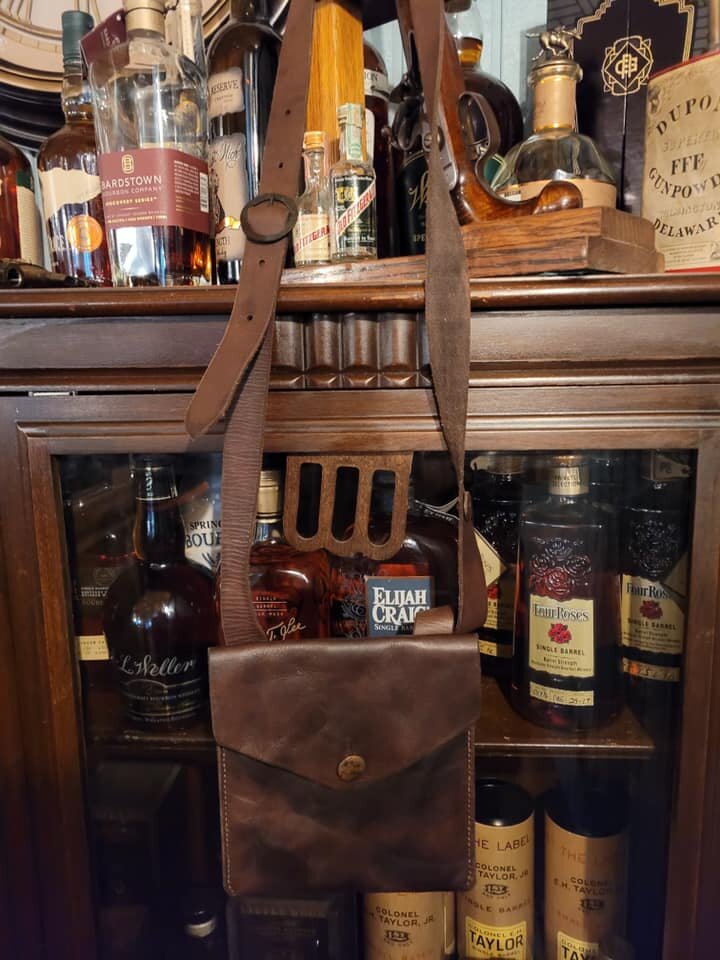
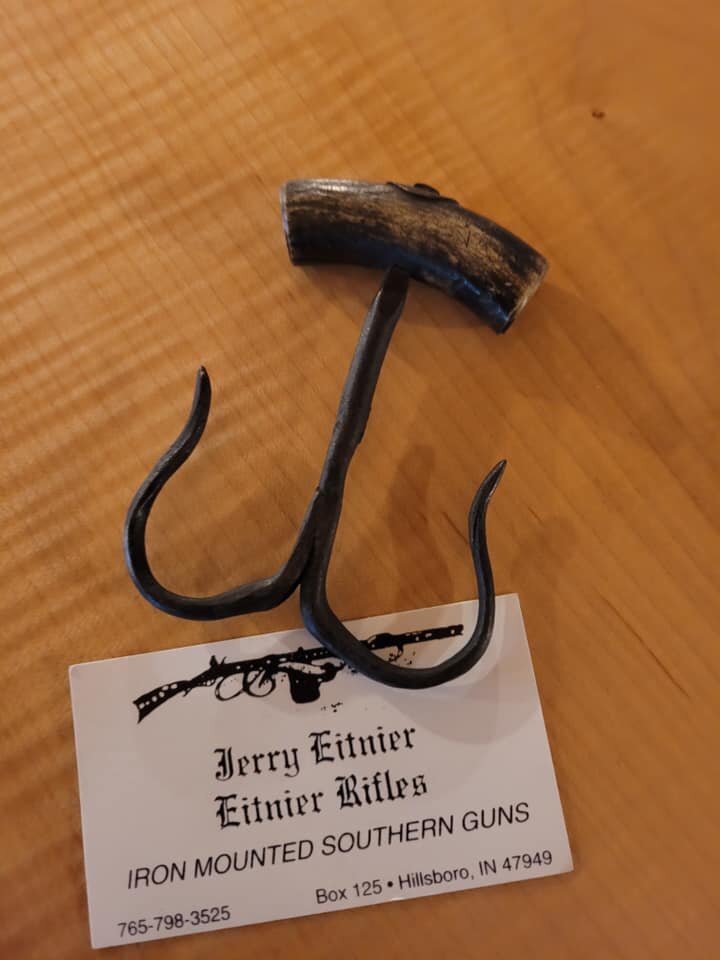
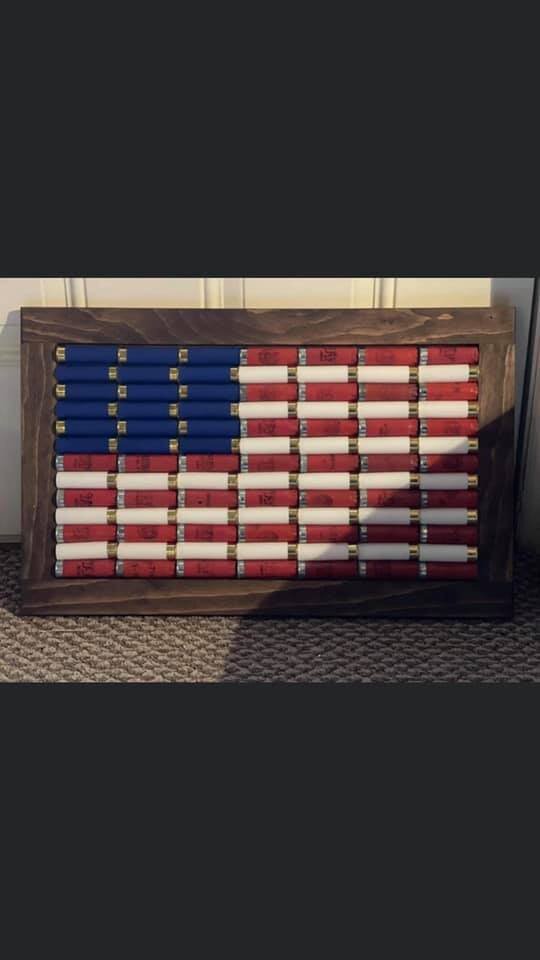
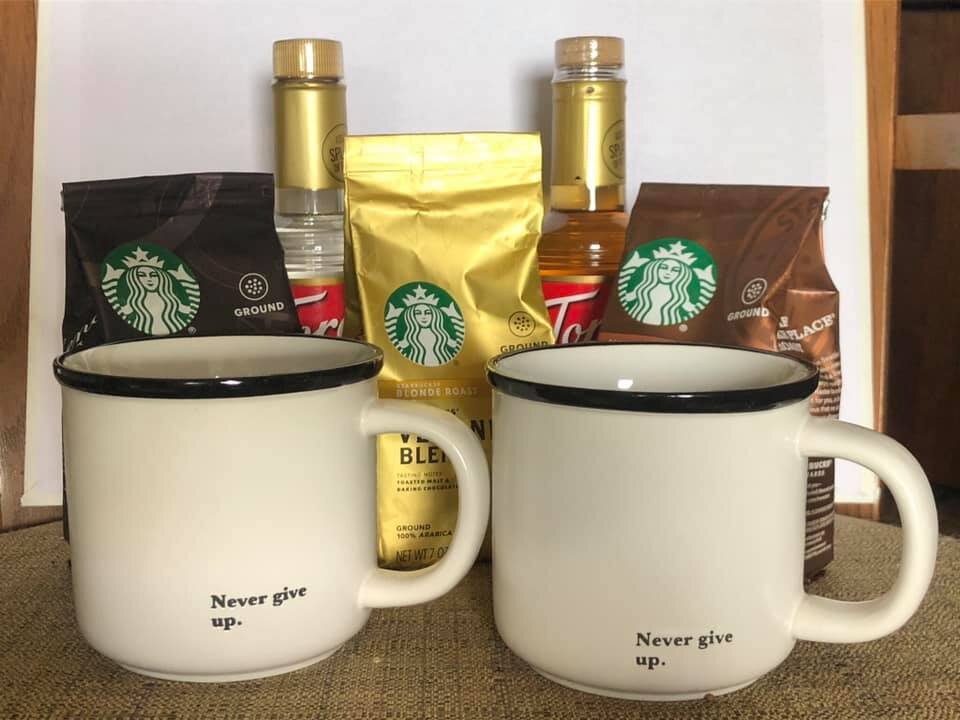
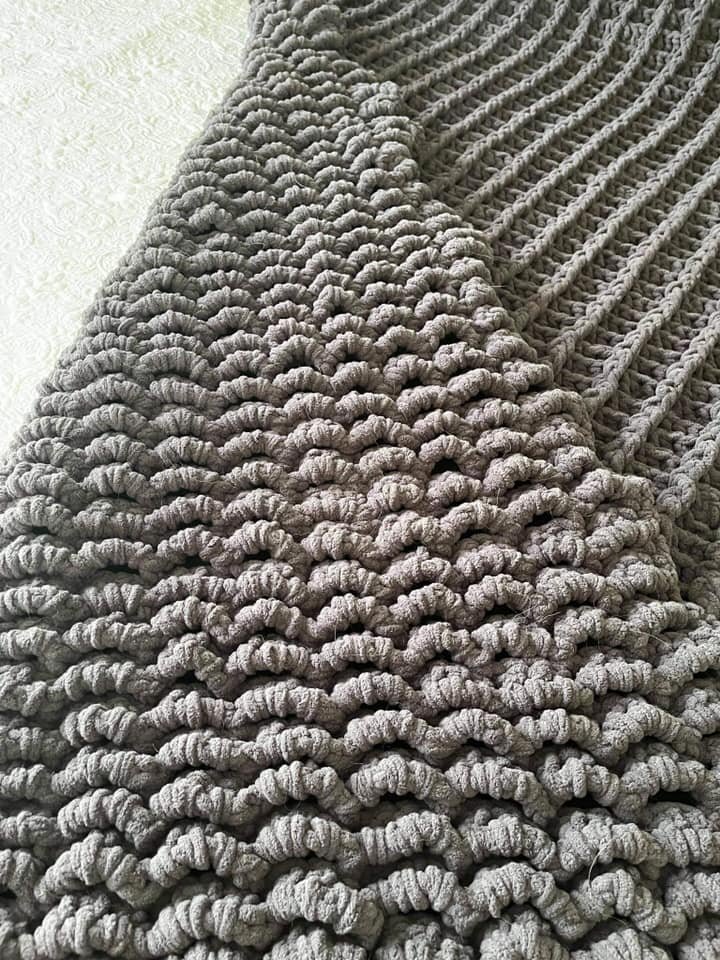
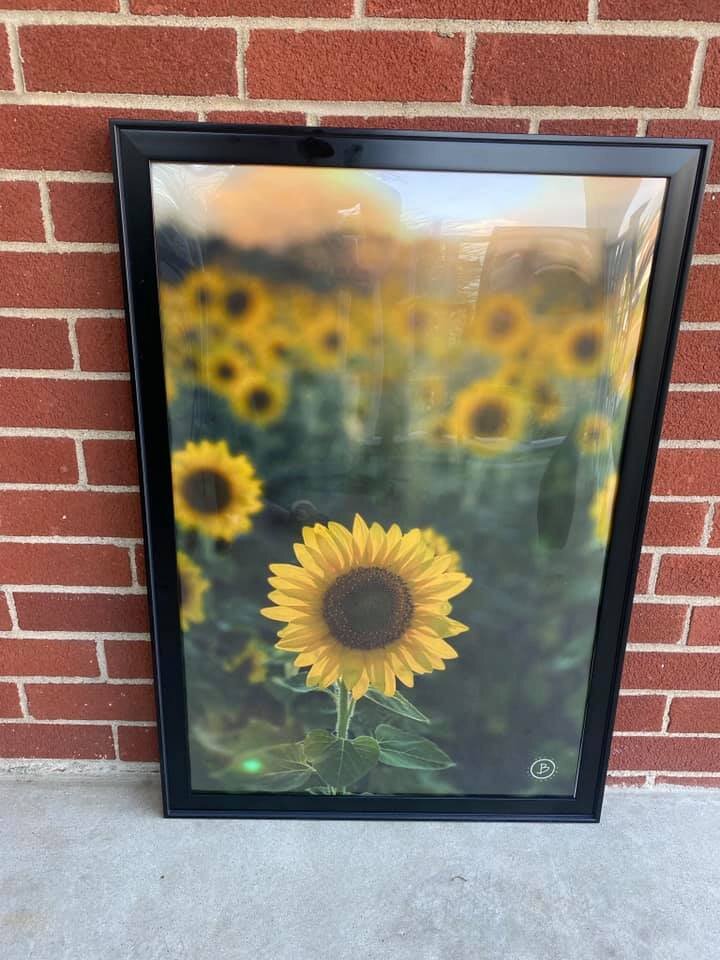
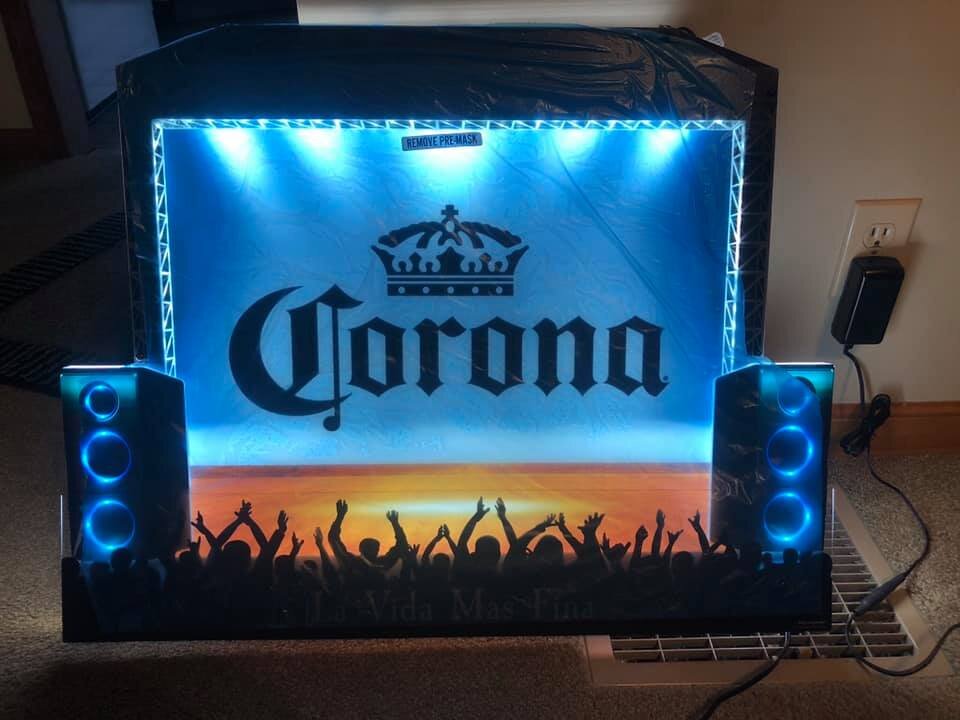
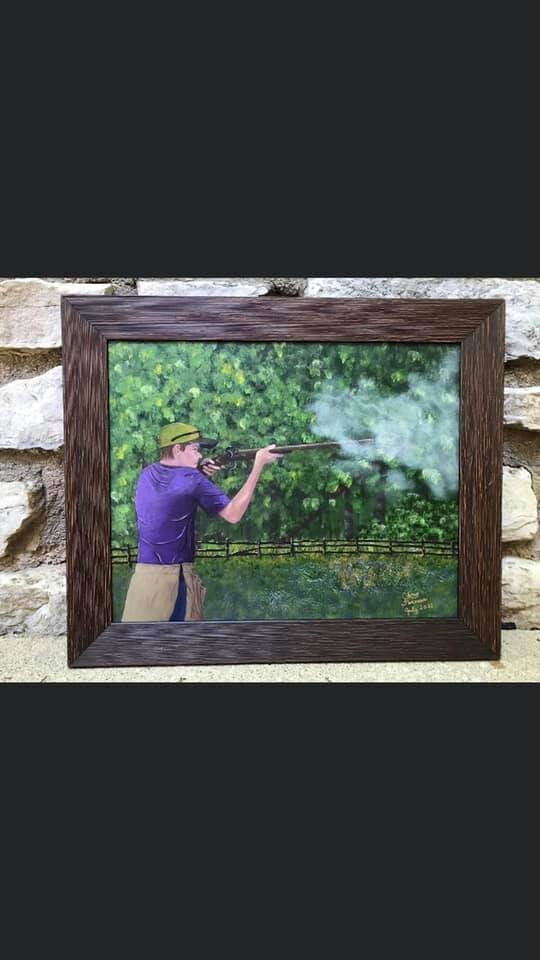
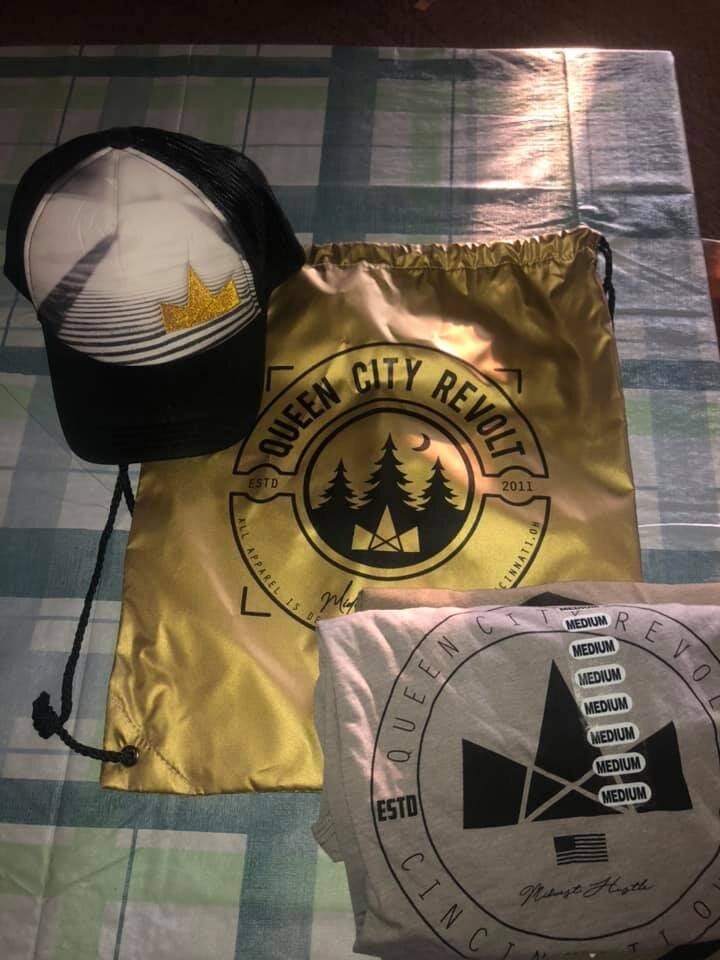
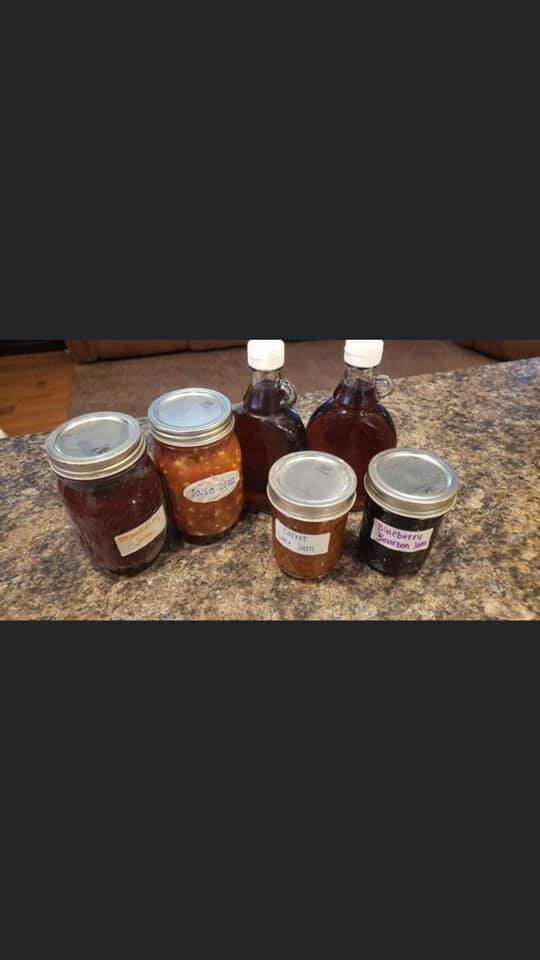
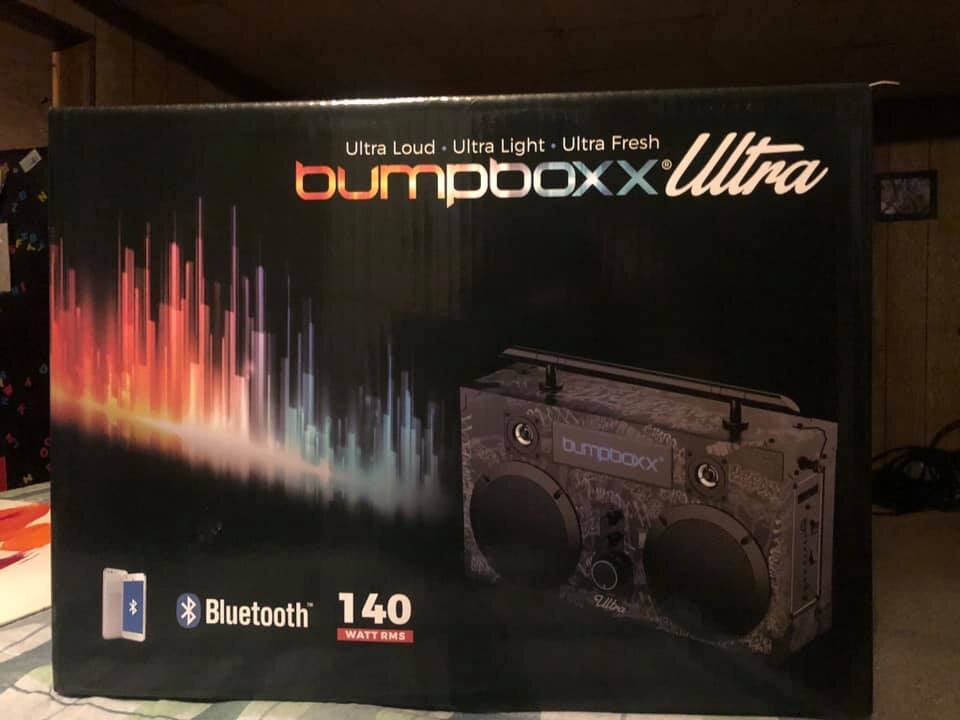
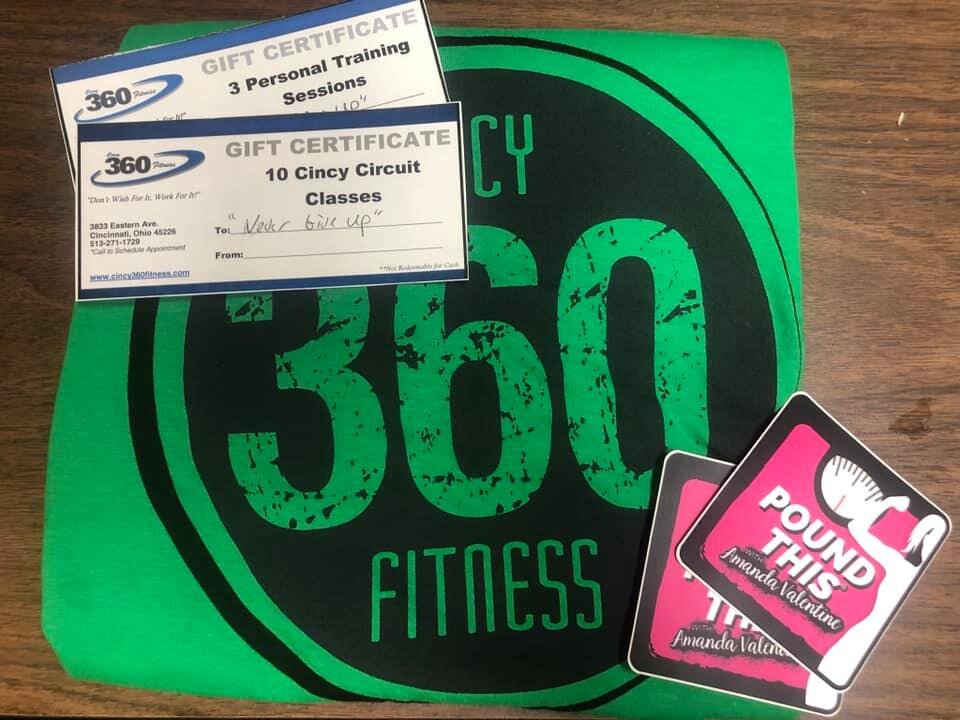
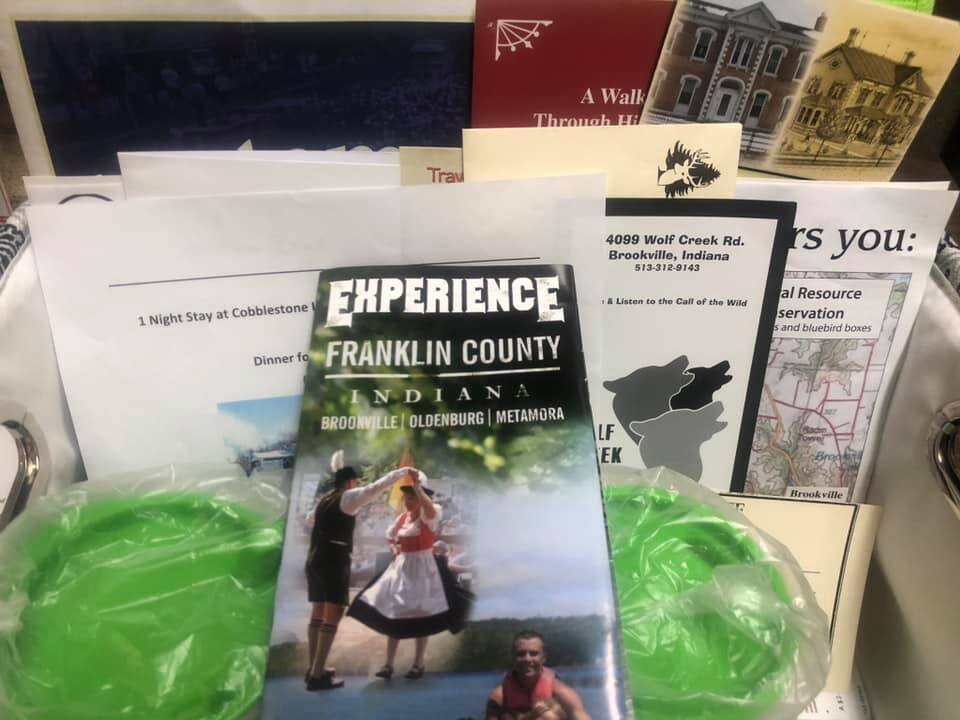
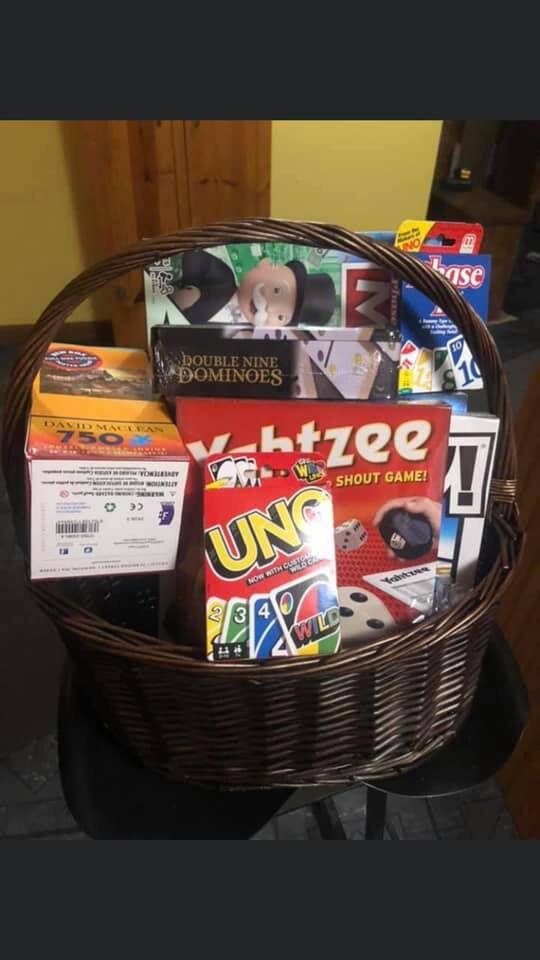
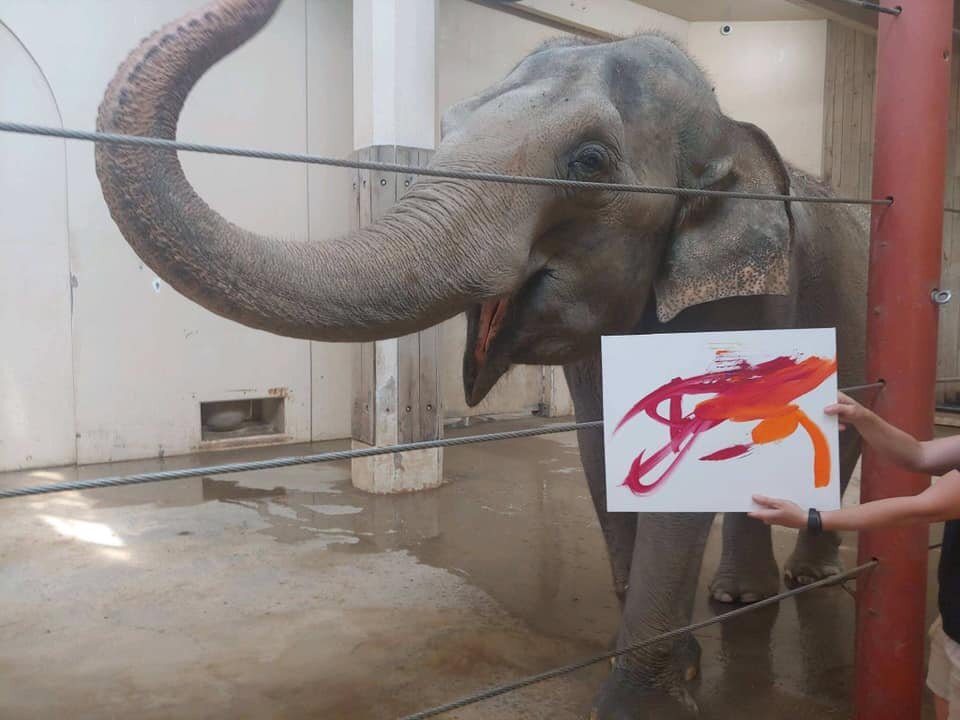
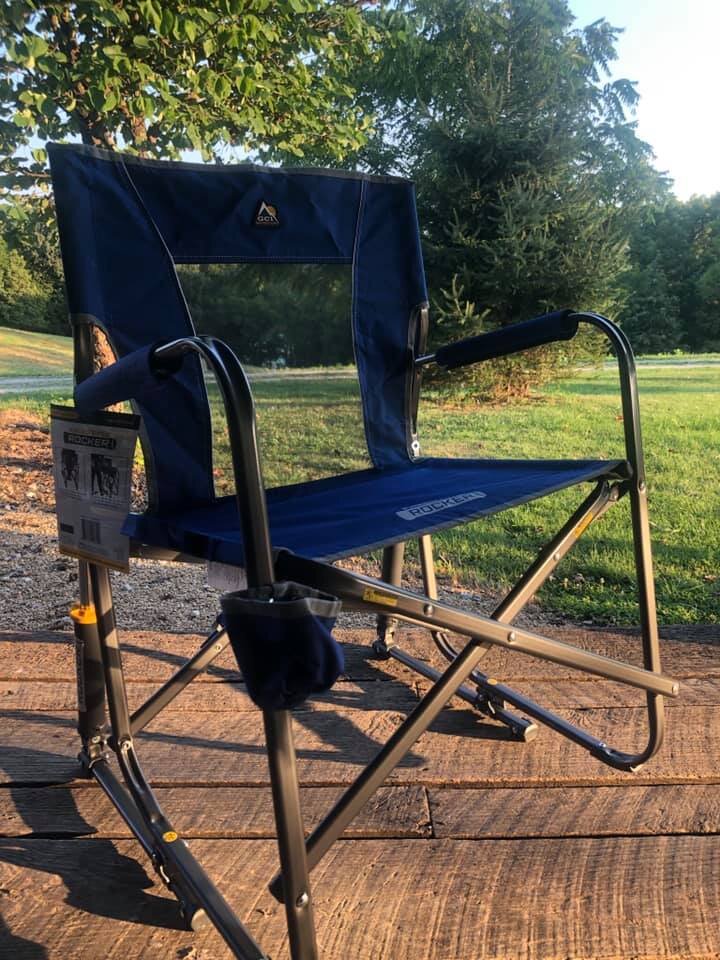
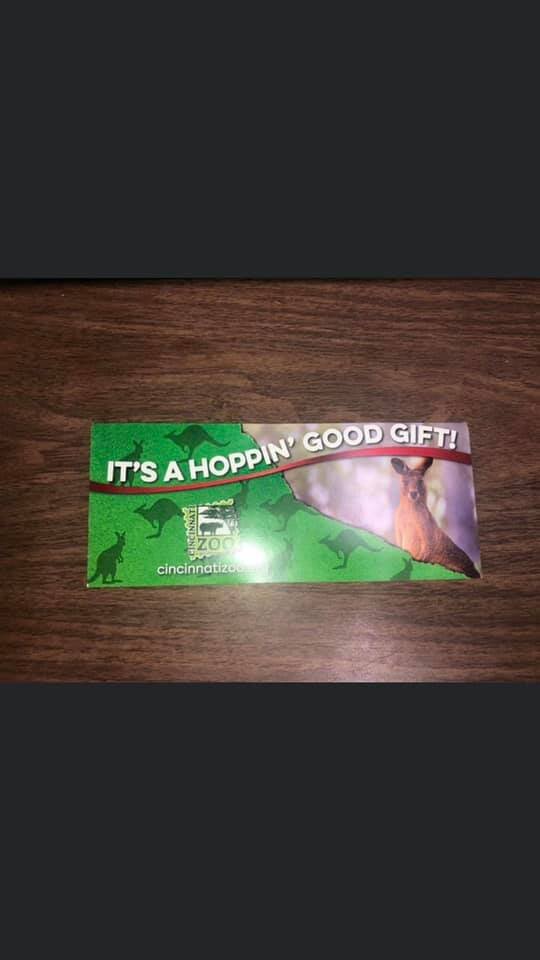
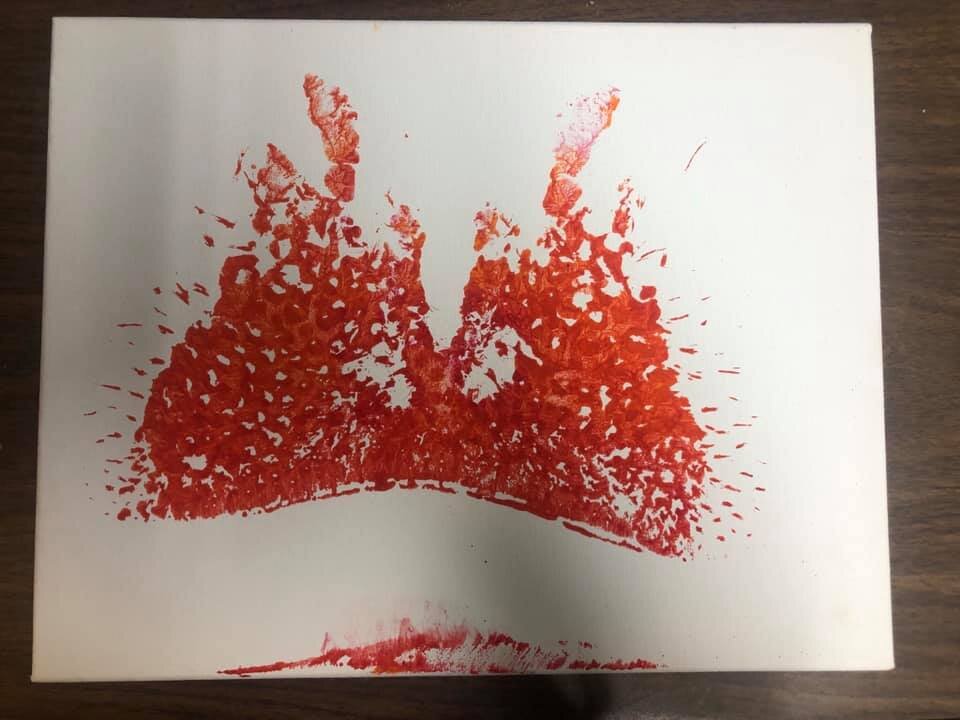



![Virginia Shot Pouch Class with Jeff Luke [VIDEO]](https://images.squarespace-cdn.com/content/v1/5d2f0e173a371f00015138b8/1619015107676-I8KLGNCZWUFR59JJEOBM/DSC_9128.jpg)


